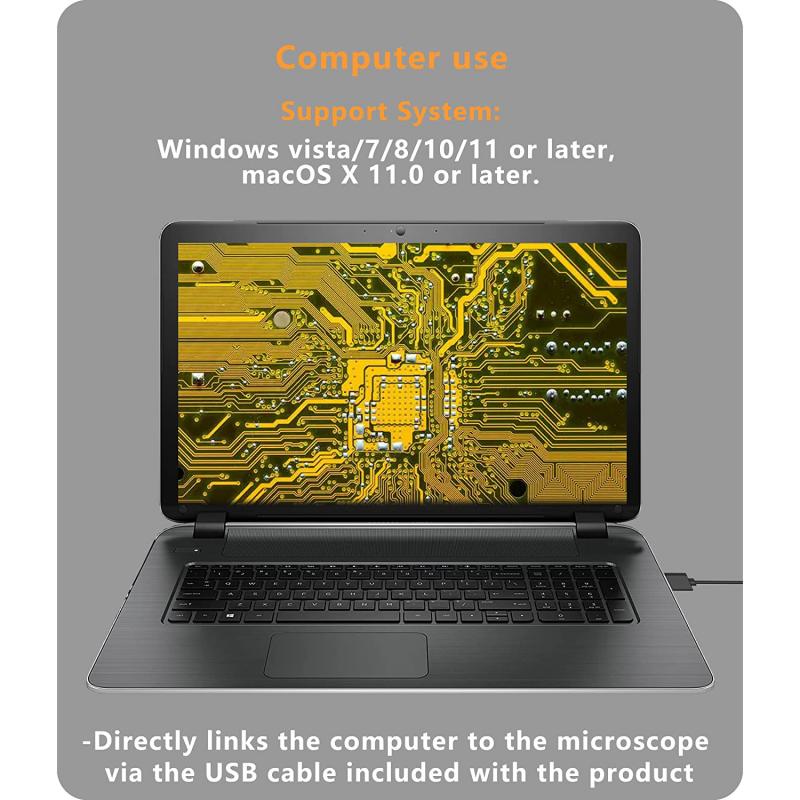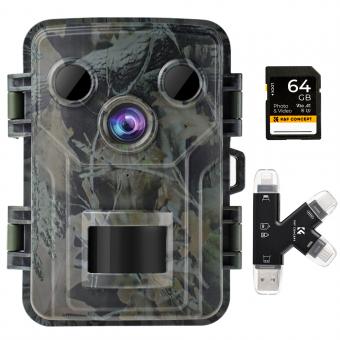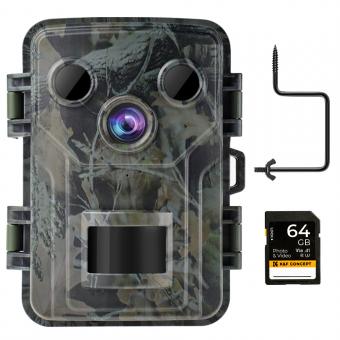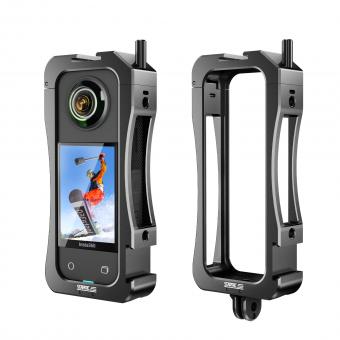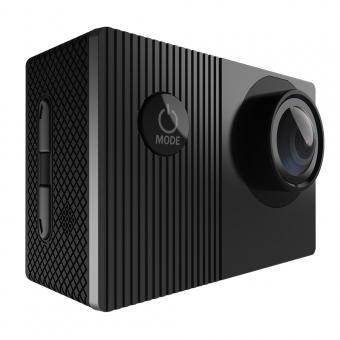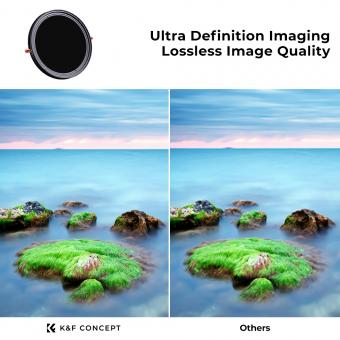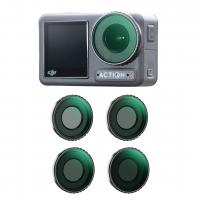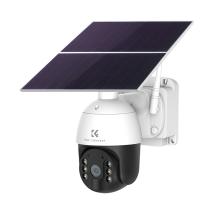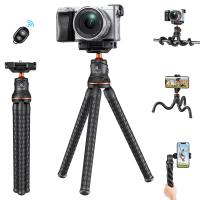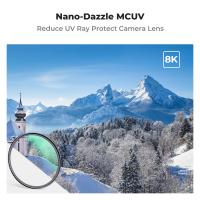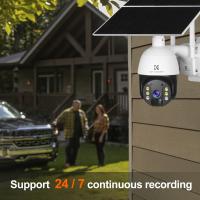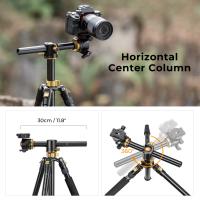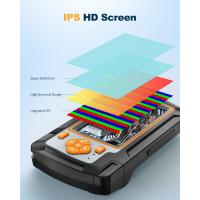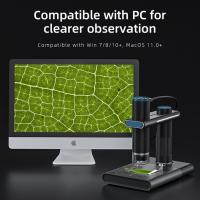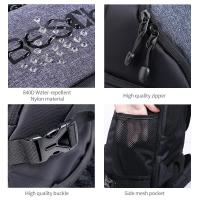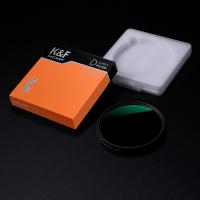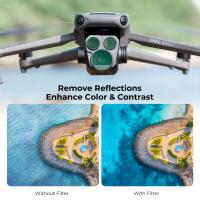How Can I Install Cctv Camera ?
To install a CCTV camera, you will need to follow these basic steps:
1. Choose the location: Decide where you want to install the camera and make sure it is a suitable location.
2. Mount the camera: Use the mounting bracket to attach the camera to the wall or ceiling.
3. Connect the cables: Connect the camera to the power supply and the video recorder using the appropriate cables.
4. Configure the camera: Adjust the camera settings, such as the angle and focus, to ensure it is capturing the desired area.
5. Test the camera: Check that the camera is working properly by viewing the footage on the video recorder or a monitor.
6. Maintain the camera: Regularly clean the camera lens and check for any damage or malfunctions.
It is important to note that the installation process may vary depending on the type of CCTV camera and the specific requirements of your setup. It is recommended to consult the manufacturer's instructions or seek professional assistance if needed.
1、 Determine the location and type of camera
"How can I install CCTV camera?" The first step in installing a CCTV camera is to determine the location and type of camera. This is important because it will determine the coverage area and the type of camera needed. For example, if you want to monitor a large area, you may need a PTZ (pan-tilt-zoom) camera that can move and zoom in on different areas. On the other hand, if you want to monitor a small area, a fixed camera may be sufficient.
Once you have determined the location and type of camera, you will need to choose the right mounting hardware. This will depend on the type of camera and the location. For example, if you are installing a camera on a wall, you may need a wall mount bracket. If you are installing a camera on a ceiling, you may need a ceiling mount bracket.
Next, you will need to run the cables from the camera to the recording device. This can be done using either coaxial cable or Ethernet cable. Coaxial cable is typically used for analog cameras, while Ethernet cable is used for IP cameras.
Finally, you will need to set up the recording device and configure the camera settings. This may involve setting up motion detection, adjusting the camera angle, and setting up remote access.
It is important to note that the latest point of view in CCTV camera installation is the use of wireless cameras. These cameras do not require cables to be run, making installation easier and more flexible. However, they may be more expensive and may require a strong Wi-Fi signal for reliable operation.
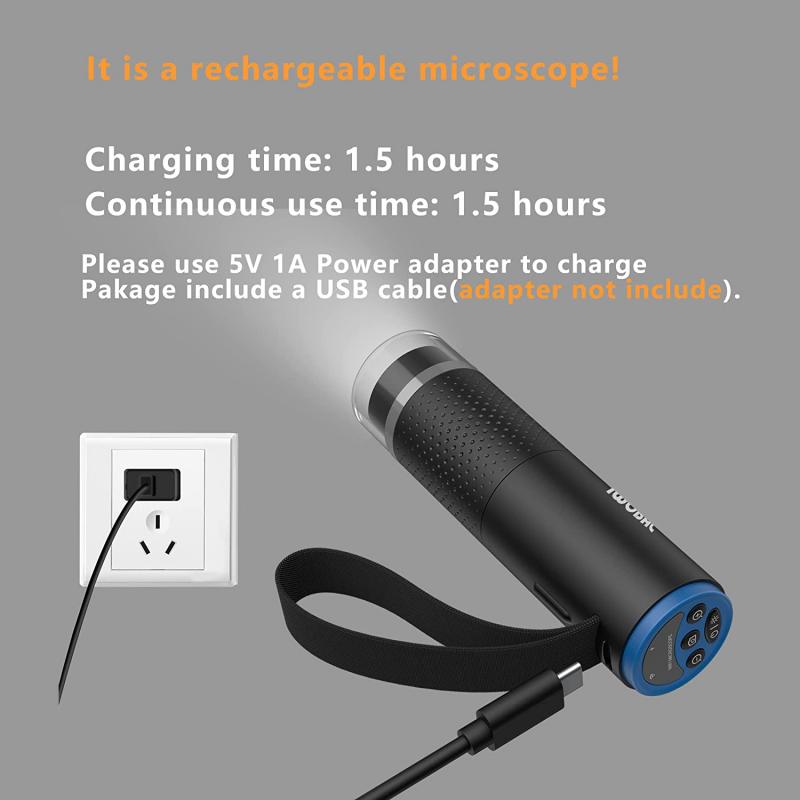
2、 Choose a recording device and storage method
How can I install CCTV camera? One of the most important steps in installing a CCTV camera is choosing a recording device and storage method. There are several options available in the market, including digital video recorders (DVRs), network video recorders (NVRs), and cloud-based storage solutions.
DVRs are the traditional recording devices used for CCTV cameras. They are easy to install and operate, and they offer a range of features such as motion detection, remote access, and playback. However, they have limited storage capacity and require regular maintenance.
NVRs are the latest recording devices used for CCTV cameras. They are more advanced than DVRs and offer better storage capacity, higher resolution, and more advanced features such as facial recognition and object tracking. They are also more expensive than DVRs and require a high-speed internet connection for remote access.
Cloud-based storage solutions are becoming increasingly popular for CCTV cameras. They offer unlimited storage capacity, remote access, and automatic backups. They are also more secure than traditional recording devices as they store data in secure data centers. However, they require a high-speed internet connection and may be more expensive than traditional recording devices.
In conclusion, choosing a recording device and storage method is a crucial step in installing a CCTV camera. It is important to consider the features, storage capacity, and cost of each option before making a decision. The latest point of view is to consider cloud-based storage solutions as they offer unlimited storage capacity and better security.
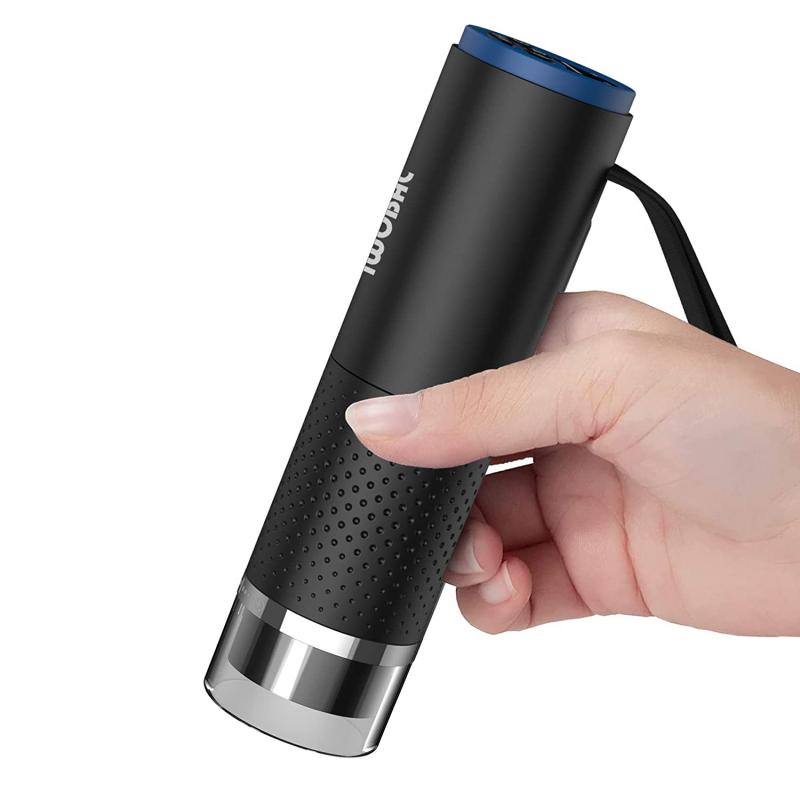
3、 Run cables and connect the camera to the recording device
Installing a CCTV camera is a great way to enhance the security of your home or business. With the latest advancements in technology, installing a CCTV camera has become easier than ever before. Here's how you can install a CCTV camera:
1. Choose the right location: The first step in installing a CCTV camera is to choose the right location. You need to choose a location that provides a clear view of the area you want to monitor.
2. Install the camera: Once you have chosen the location, you need to install the camera. You can either mount the camera on the wall or ceiling, depending on your preference.
3. Run cables: After installing the camera, you need to run cables from the camera to the recording device. You can use either coaxial cables or Ethernet cables for this purpose.
4. Connect the camera to the recording device: Once you have run the cables, you need to connect the camera to the recording device. You can use either a DVR or an NVR for this purpose.
5. Configure the camera: After connecting the camera to the recording device, you need to configure the camera. You can do this by accessing the camera's settings through the recording device.
In conclusion, installing a CCTV camera is a simple process that can be done by anyone. With the latest advancements in technology, installing a CCTV camera has become easier than ever before. By following the steps mentioned above, you can install a CCTV camera and enhance the security of your home or business.
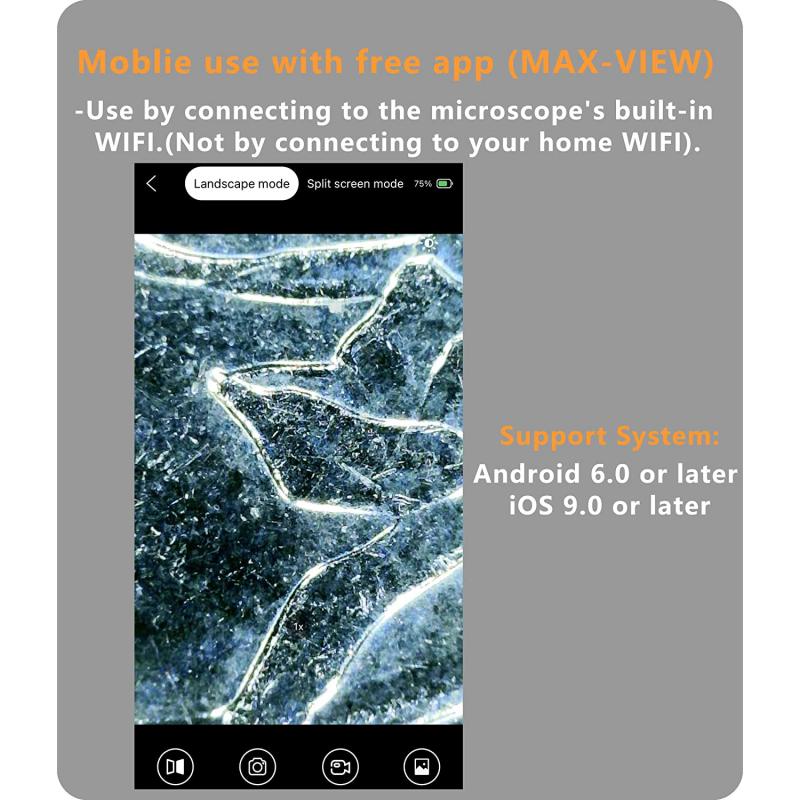
4、 Configure the camera and recording device settings
To install a CCTV camera, you need to follow a few simple steps. First, you need to choose the right location for the camera. It should be placed in a position where it can capture the entire area you want to monitor. Once you have chosen the location, you need to mount the camera securely using the appropriate mounting hardware.
Next, you need to connect the camera to a recording device. This can be done using a coaxial cable or a network cable, depending on the type of camera you are using. Once the camera is connected, you need to configure the camera and recording device settings.
To configure the camera settings, you need to access the camera's web interface using a computer or mobile device. From there, you can adjust the camera's resolution, frame rate, and other settings to optimize its performance.
To configure the recording device settings, you need to access the device's software interface. From there, you can set up recording schedules, motion detection, and other settings to ensure that the camera captures the footage you need.
Finally, you need to test the camera to make sure it is working properly. This involves checking the camera's live feed and reviewing the recorded footage to ensure that it is clear and of good quality.
In conclusion, installing a CCTV camera requires careful planning and attention to detail. By following these steps, you can ensure that your camera is installed correctly and configured to meet your specific needs.
